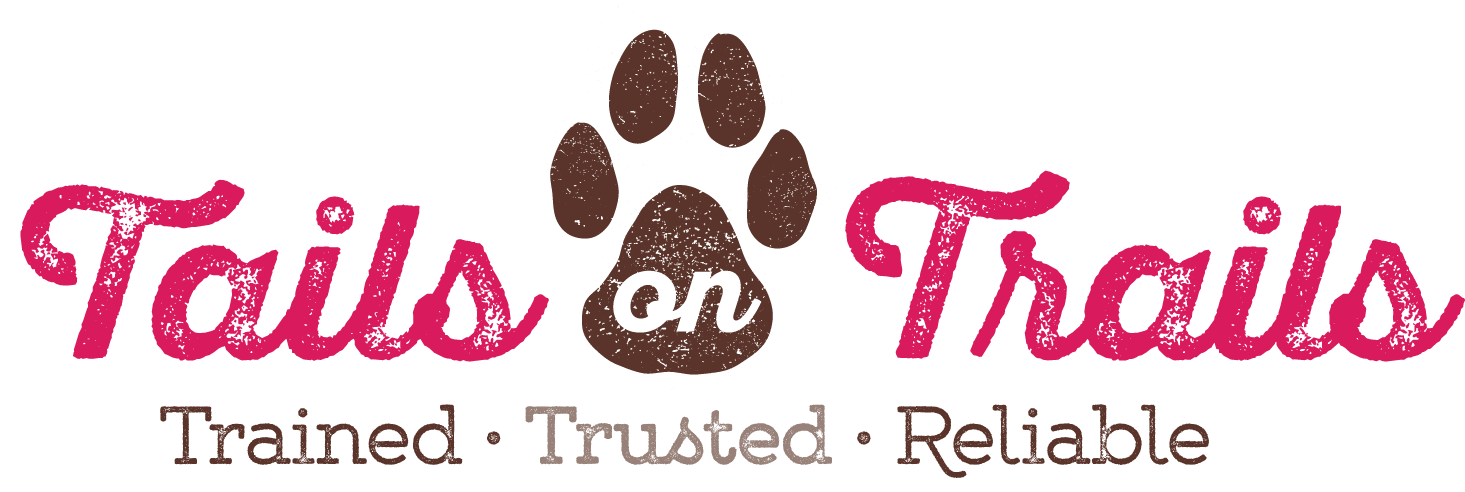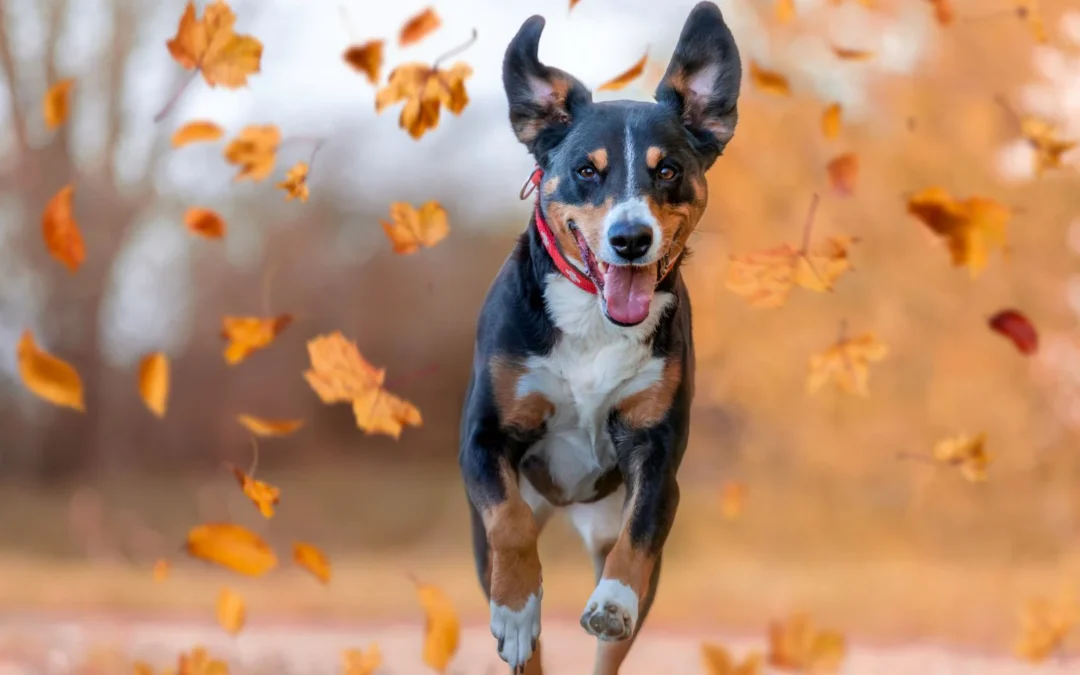As the crisp air sets in and the leaves start to turn, fall becomes a favorite season for many in Anne Arundel County—dogs included. Cooler temperatures often mean longer dog walks, fun leaf piles, and cozy cuddle sessions. But while autumn has its charms, it also brings a set of seasonal dangers for our four-legged companions that pet owners should be aware of.
Below are some of the most common fall hazards for dogs, along with tips to help you keep your pup safe and healthy during this time of year.
1. Toxic Mushrooms
Fall is peak season for wild mushrooms and many are common in waterfront areas like Annapolis and Severna Park. While many are harmless, some species can be extremely toxic to dogs—causing vomiting, diarrhea, seizures, liver failure, or even death. Because it’s hard to distinguish between safe and dangerous mushrooms, it’s best to prevent your dog from eating any wild fungi.
Tip: Check your yard and usual walking paths regularly, and keep a close eye on your dog when exploring wooded or damp areas.
2. Halloween Candy and Decorations
Halloween can be fun for the family, but it’s a minefield for pets. Chocolate is toxic to dogs, especially dark chocolate and baking chocolate. Sugar-free candies often contain xylitol, an artificial sweetener that is highly poisonous to dogs even in small amounts.
In addition, decorations like fake cobwebs, glow sticks, and small plastic ornaments can become choking hazards or cause intestinal blockages if ingested.
Tip: Keep all candy and decorations out of reach and educate children about not sharing Halloween treats with pets.
3. Leaf Piles and Yard Debris
Jumping in a pile of leaves might look fun, especially for your energetic dogs, but those decomposing piles can harbor mold, bacteria, ticks, and parasites. Slugs and snails, which may be found in moist leaf piles, can carry lungworm—a parasite dangerous to dogs.
Tip: Avoid letting your dog play in old, wet leaf piles and clean up yard debris promptly.
4. Acorns and Conkers (Horse Chestnuts)
Falling acorns and horse chestnuts may seem like toys to curious dogs, but they can be toxic if eaten. These nuts can also pose a choking risk or cause intestinal blockages.
Tip: If your dog likes to chew or scavenge, keep walks on a leash and steer clear of trees that drop these kinds of nuts.
5. Increased Rodent Activity and Poison Use
As temperatures drop, rodents start seeking warmer places—often leading people to use rodenticides (rat poison) around homes, garages, and sheds. These poisons are extremely dangerous to dogs if ingested, even indirectly by catching a poisoned rodent.
Tip: Avoid using rodenticides, and if they must be used, place them in secure locations inaccessible to pets. Be cautious during walks in urban or alley areas.
6. Antifreeze Exposure
Fall is a common time for people to prepare their cars for winter, and that includes topping off antifreeze. Unfortunately, antifreeze (ethylene glycol) is sweet-tasting and extremely toxic to dogs—even small amounts can be fatal.
Tip: Clean up any spills immediately and consider using pet-safe antifreeze products.
7. Shorter Days = Less Visibility
With the days getting shorter, you might find yourself walking your dog during dawn or dusk when visibility is low. This increases the risk of accidents, especially in busy areas or near roads.
Tip: Use reflective gear or LED collars for your dog, and wear reflective clothing yourself to stay visible.
Final Thoughts
Autumn is a wonderful season to enjoy the outdoors with your dog and it doesn’t get much better than autumn in Maryland, but it does come with its share of risks. By staying vigilant and taking a few simple precautions, you can help ensure your pup enjoys a safe and happy fall season.
Stay safe, and enjoy those crisp, colorful walks! From all of us at Tails on Trails, happy fall!

